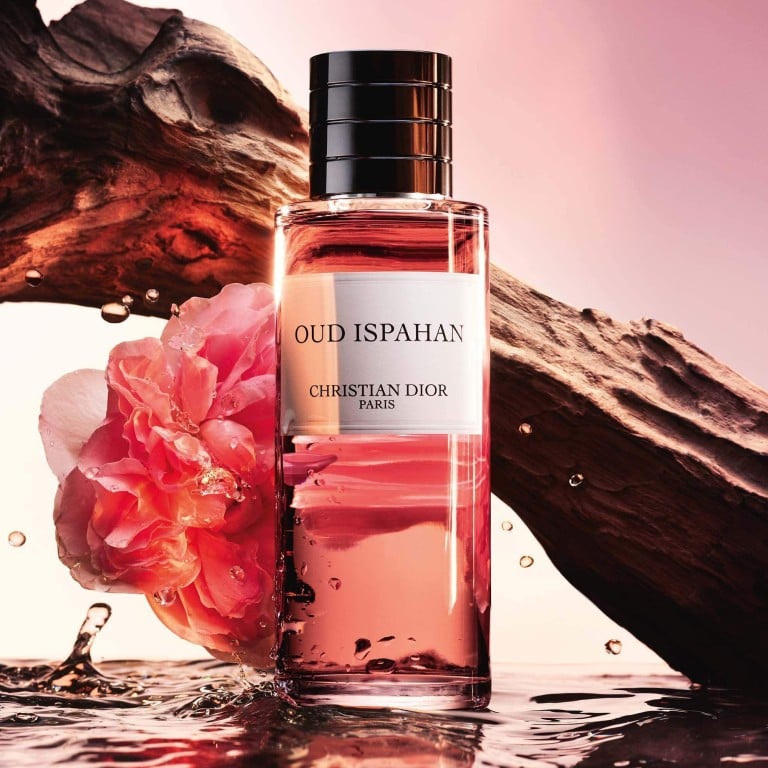How the ancient aroma of oud is finding favour with luxury houses today: perfumes by Dior, Cartier, Maison Margiela and Tom Ford bottle the alluring Asian scent’s complex and powerful profile

- While forever associated with the Middle East, oud originates from species of Aquilaria trees found in East and Southeast Asia, that when infected by a specific fungi produce the scented wood still treasured today
- Perfumes by Diptyque, Jo Malone and Tom Ford blend floral notes with oud, Intime Artisan de Parfum crafted a scent for The Peninsula Hong Kong hotel, and London’s Experimental Perfume Club recommends a blend for people new to oud
Few scents are as enigmatic and polarising as oud. Also known as agarwood, this fragrance, with its ancient roots and its status as a symbol of luxury, commands attention. Originating in several species of Aquilaria trees found in the lush rainforests of East and Southeast Asia, oud’s journey has been marked by rarity and tradition. Yet, despite its reputation, oud’s complex aroma – a mix of smoky, sweet and woody notes – continues to polarise.
Oud is one of nature’s more bewildering gifts, being derived not directly from the wood of the tree alone, but from that wood once infected by a specific fungus that triggers a resinous response. It is the resulting resin-saturated wood, which may take years to develop, that is called agarwood. Cut out of the tree and processed through soaking, distillation and evaporation, it becomes the sought-after oud oil.

The discovery of oud is steeped in folklore, with stories of ancient traders and travellers drawn by the captivating scent of burning agarwood, leading them on quests to find its source. Historically, it has symbolised wealth, captivating royalty and high society across the Middle East, South Asia and beyond.
“In the Middle East, oud reigns supreme as a beloved scent associated with luxury, tradition and religion. It has inspired perfume houses to use oud as a core element in their compositions, leading to a global perfume trend that transcends borders,” says Angel Cheung, olfactory artist and founder of Intime Artisan de Parfum.
Oud remains a spiritual and medicinal beacon in many cultures. In traditional Eastern medicine, it was prized for its healing properties, believed to soothe the mind and body. Meanwhile, in Islamic cultures, its aroma is cherished during religious ceremonies, and its smoke is believed to carry prayers to the divine.

The boldness of oud’s aroma has often been a challenge to Western noses, accustomed to lighter floral and citrus scents. However, the undoubted allure of the exotic has combined with a growing appreciation for niche fragrances to see oud secure a place in luxury collections. “Asia, with its preference for fresh, light and subtle fragrances, may not fully embrace the intense oud perfumes commonly found in major houses,” Cheung says. Nonetheless, during her perfume-making workshops, she has met clients fascinated by oud. “For them, I suggested incorporating a hint of oud to enhance their bespoke perfumes without overpowering them.”
The aroma of oud is influenced by the age of the wood, the specific species of tree, the environmental conditions in which it has grown and the way in which it has been processed. These elements significantly shape the final scent, ensuring that no two ouds are entirely alike, with each batch telling its own story.

Once the ideal oud has been sourced, the next challenge lies in its incorporation into a fragrance. Its potent profile can easily dominate a scent, overshadowing more subtle notes.